Guide to FAU Wildlife
Spiders and Cats and Ducks, Oh My!
What: Golden silk orb-weaver spider (known as the banana spider) Where: All over campus, particularly on trees or building overhangs Danger: Harmless unless provoked; venom causes slight redness Mohammed F. Emran | Asst. Creative Director
November 24, 2015
Walking under bridges of spider webs, swerving through sidewalks littered with duck feces and watching stray cats scuttle through courtyards seems closer to an image of Florida’s Everglades than a college campus.
Yet, roughly 100 miles away from the Everglades at Florida Atlantic University, students experience these encounters with wildlife on a daily basis.
To help students know what wildlife is looming overhead and defecating on the walkways, here’s a safari guide to FAU’s Boca Raton campus:
SPIDERS
There are several species of spiders around campus, but Evelyn Frazier, Ph.D., from FAU’s department of biological sciences says the ones that catch the eye are the Golden silk orb-weaver spider and the crab spider. Other spiders, such as the black widow, can be found in FAU’s preserve.
Possibly the most prevalent arachnid around campus, the Golden silk orb-weaver is commonly known as the banana spider.
In general, female banana spiders are much larger than their male counterpart, often three to four times the size of males, reaching sizes up to 5 inches. The sheer size of the banana spider is one of the main reasons students may view them as menacing.
“They’re freaking huge,” senior Saudia Ali says. “And they’re everywhere.”
However, these spiders are virtually harmless to humans. They are normally not aggressive and only bite when pinched, with their venom rarely causing more than slight redness.
Dennis Zabel, interim director of FAU’s Environmental Health and Safety division, says, “There are always issues when people and nature combine.” But, he says, as long as people just observe nature and don’t interact with it, everything is fine most of the time.
The species is so common around campus that students began joking about them on social media websites. As one anonymous Yik Yakker wrote about the Halloween season, “All FAU needs is pumpkins and skeletons since the spiders and webs are everywhere already.”
There’s even a Twitter profile dedicated to the Golden silk orb-weavers on campus (@FAUSpider), which pokes fun at the misplaced fear of the arachnids.
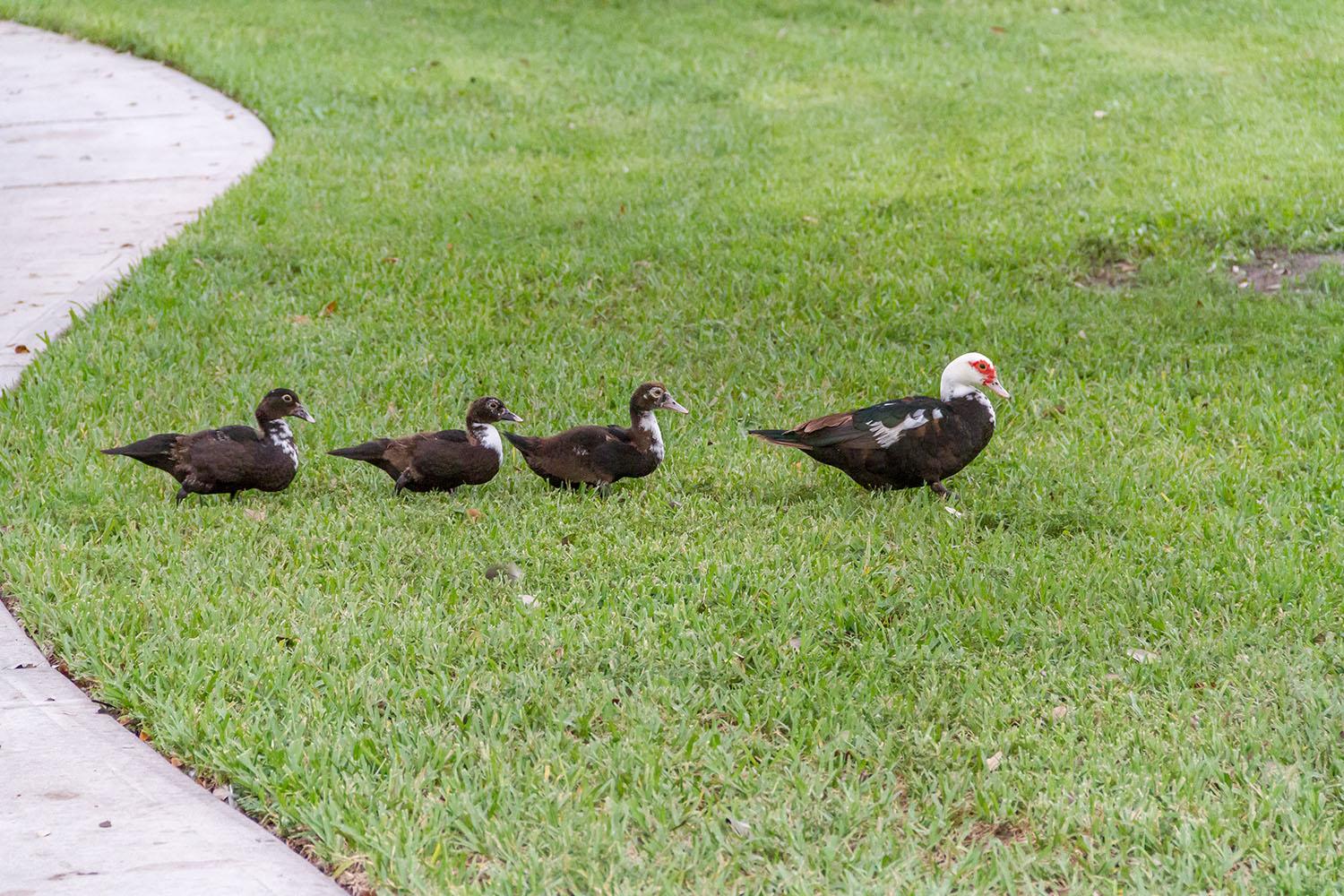
Where: Near bodies of water, such as the Arts & Letters pond
Danger: Duck shit on sidewalk and in the way of cars, longboards and bikes
Andre Gore | Contributing Photographer
DUCKS
There are four types of ducks that can be seen on campus — two are native and two are invasive.
Dr. Dale Gawlik from FAU’s environmental science program says the native ducks — a brownish-orange mottled duck and the shiny green, mullet-rocking Wood Duck — breed in the area, but not necessarily on campus.
The waterfowl that are not native to the area are the Egyptian goose and Muscovy duck.
Egyptian geese generally have light brown backs and dark brown spots around their orange eyes. They’re normally found in Africa, but have been present in the area and on campus for at least the last five years, according to Gawlik. Florida’s population of Egyptian geese represents escapees, or a lone few that migrated and began breeding in the area.
The Muscovy have the noticeable red, bumpy faces. They are native to Central and South America, as well as Mexico, but have been in South Florida for decades, according to Gawlik.
Some students have grown irritated with the presence of the ducks on campus.
“There’s so much shit all over the sidewalks,” says Ali. “It makes the whole area smell horrible. And the other day they were walking in the crosswalk holding up a bunch of cars. That could’ve caused an accident.”
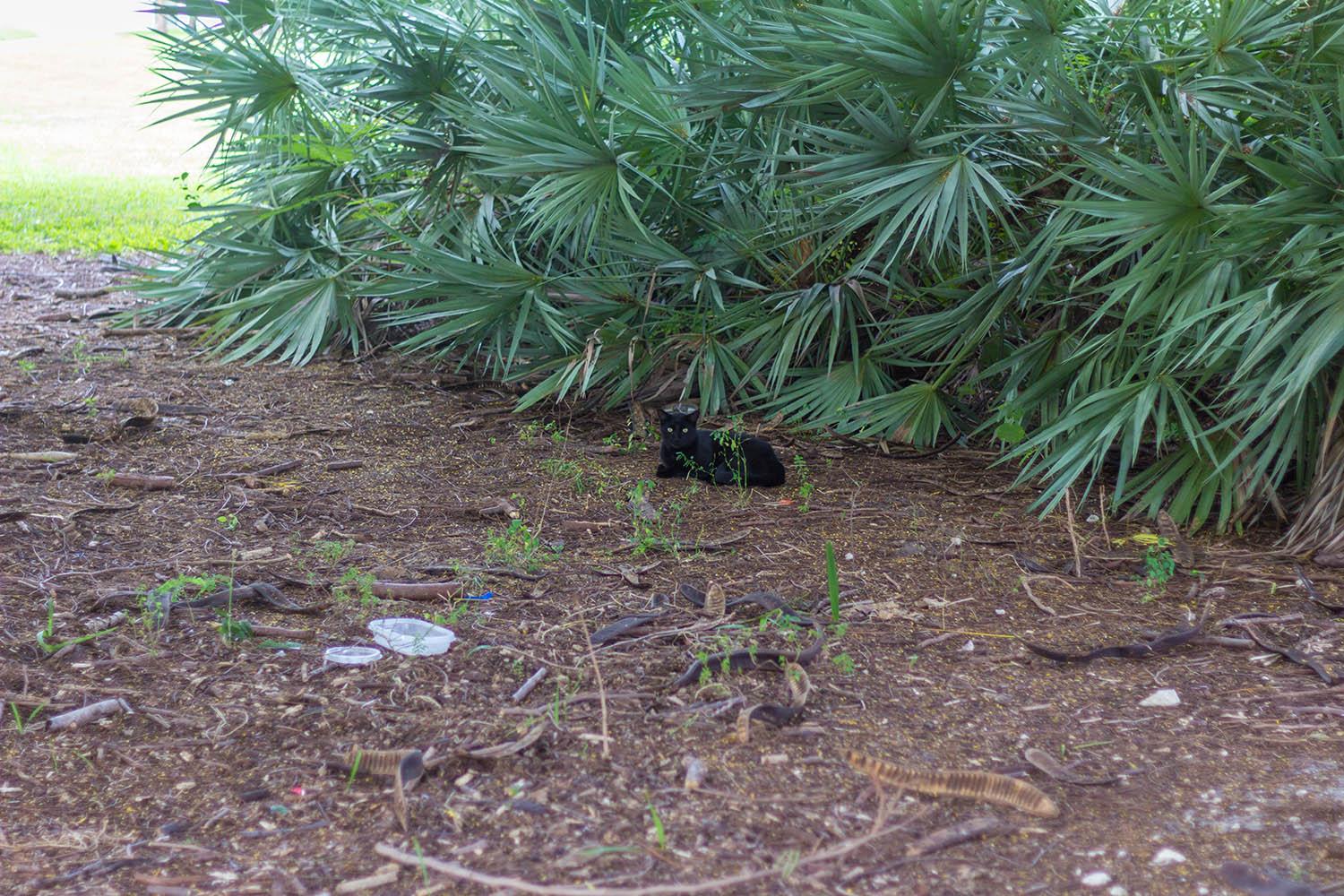
Where: Where the food is. Cats hangout near UVA and, raccoons
are typically near dumpsters and trash cans
Danger: Raccoons are protective of their babies
Andrew Fraieli | Science Editor
CATS & RACCOONS
While raccoons are scavengers that are typically found anywhere that there are large amounts of waste (like FAU’s array of trash cans and dumpsters), cats are less common in those areas.
The tabby cat, a type of feline seen around campus, is a domesticated breed that’s normally kept as a house pet.
FAU has a strict no-pet rule (besides fish), but many students ﹘ particularly around University Village Apartments and the Breezeway Food Court ﹘ treat the strays as their own, by feeding them.
The presence of smaller, young-looking cats has led senior Stefany Caicedo to believe they’re breeding on campus.
“It seems like there are more and more cats around campus,” she says. And with a growing cat population, she’s worried the university may have to take action in the near future.
“I’m afraid of what might happen to them if the school takes them away,” Caicedo says. “I mean, those used to be someone’s pets. People need to be more responsible when it comes to their pets.”
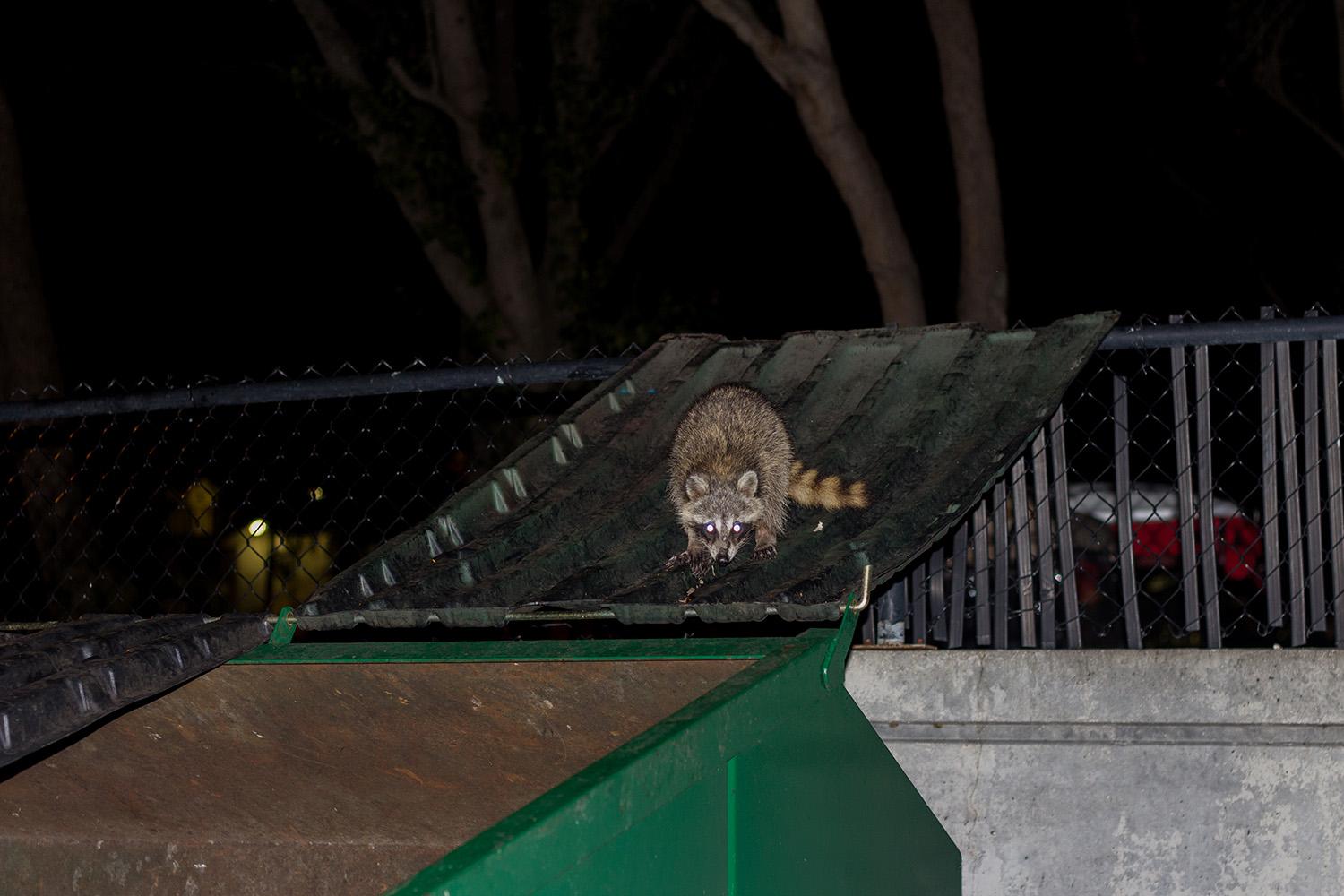
Zabel says they’re on campus because of the food.
And they’re not the only ones.
Possibly more common in an outdoor environment like FAU’s are raccoons that can be seen every night rummaging through trash cans and searching under tables for food.
On her way to class one day, senior Paola Flechas was walking down a sidewalk with palm trees on either side. Then, she says, she heard branches rustling from above.
“A raccoon fell out of a tree and almost landed on me,” she says. “I stay away from that path now.”
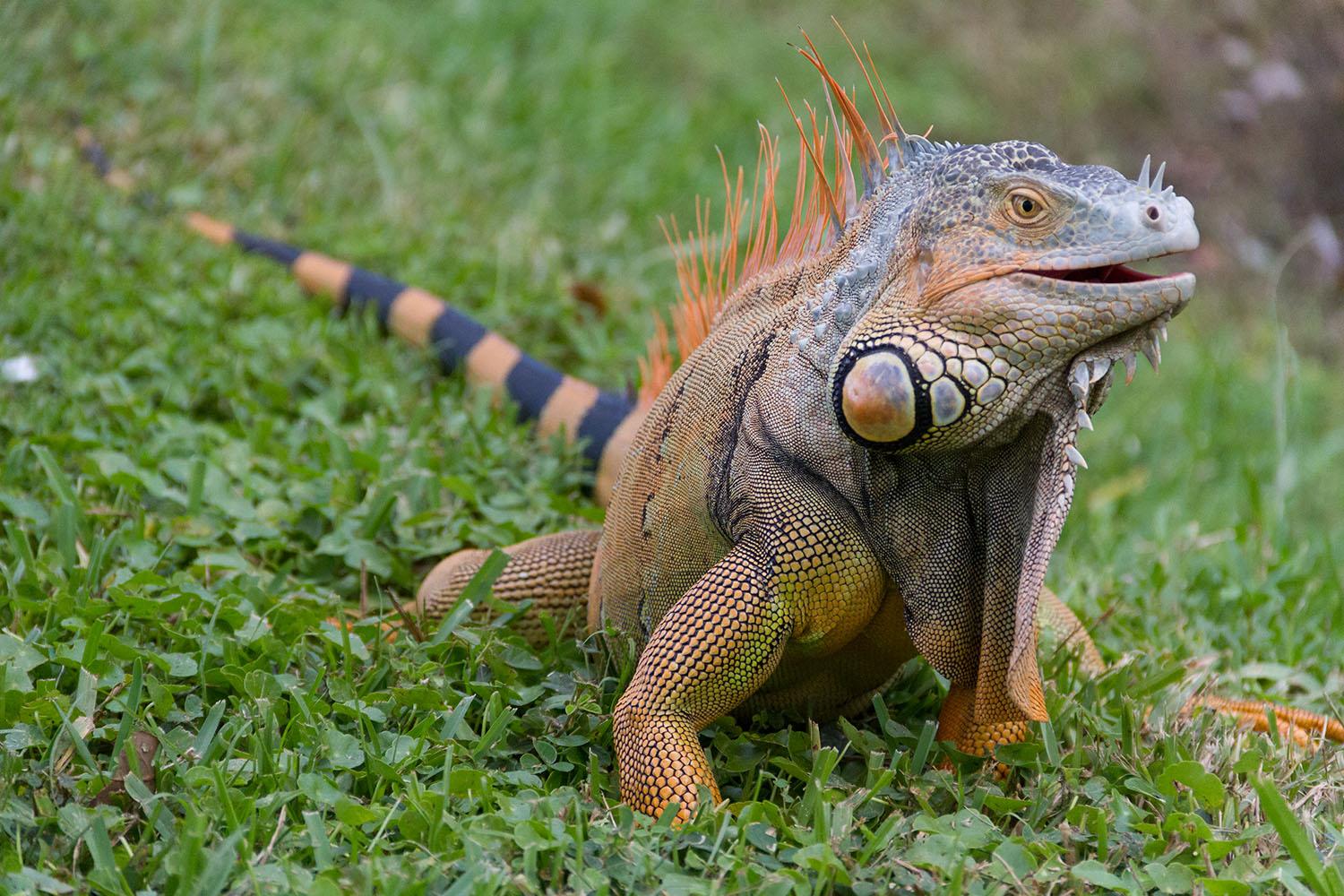
Where: Outside of Parliament parking garage
Danger: May hiss if you get too close
Andre Gore | Contributing Photographer
IGUANAS
Even before the raccoons, as recalled by Elisa Gaucher, director of research integrity at FAU, a large number of iguanas were mainstays on campus. It wasn’t until the frigid winter of 2010 that much of the population was wiped out.
The green iguanas that found shelter in warm enclosures like tree cavities during that winter were able to reproduce, and have since repopulated the area.
Patrick Barry, owner of Wildlife Removal Services Inc. of Boca Raton, says, “with another winter like the last few, where the temperature never gets to the 30s or even the 40s, we will see a banner number of these guys next summer.”
The green iguanas are native to Central America, but became popular exotic pets in the 1960s, when they were first introduced to Miami-Dade County. They were first seen in Broward County in 2001 and weren’t found in Palm Beach County until 2003.
They can grow as long as 6 feet from spiky head to whip-like tail and consume a vegan diet. It’s the biggest known species of lizard in the United States, according to the March 2008 Journal of Kansas Herpetology.


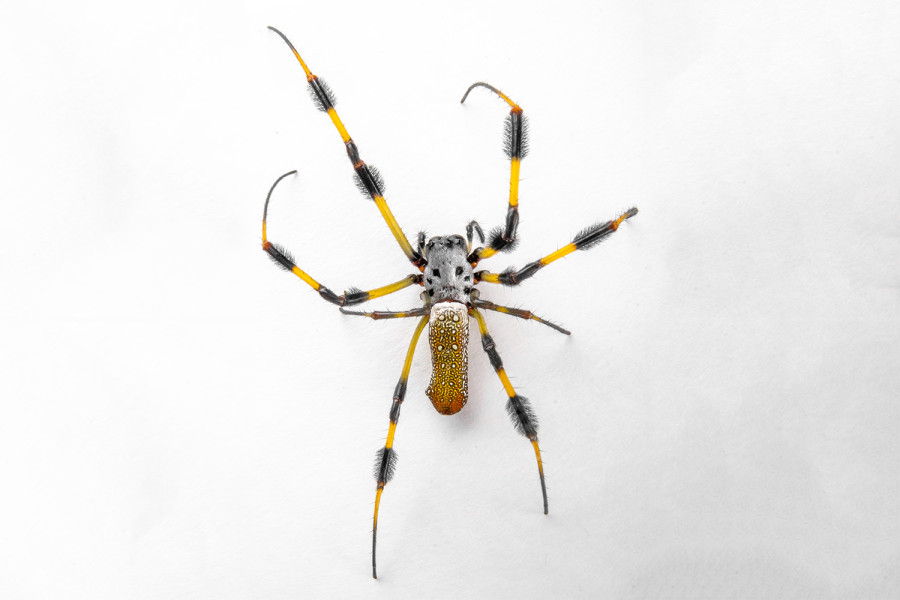




Jb • Aug 9, 2024 at 9:43 pm
The iguanas were in West Palm Beach in the 1990’s. I saw them as a child there.